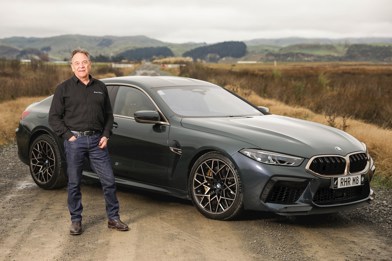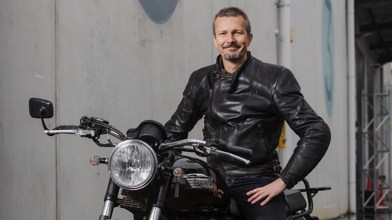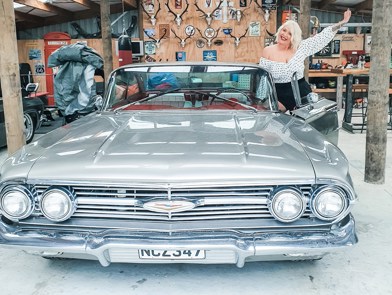Its position in the Range Rover line up is simple to explain but when it comes to pronouncing the name, Velar, and its background, then things get complicated.
The Range Rover Velar has just had its global media drive in Norway last week, and goes on sale in New Zealand later in the year.
It has been launched globally with six powertrains: four four-cylinder and two V6 including three diesel and three petrol engines.
But Range Rover NZ has opted for the 3-litre V6 engines, including the turbo diesel that produces 221kW of power and 700Nm of torque, and the supercharged petrol that has 280kW of power and 450Nm of torque.
New Zealand will get five models, starting with $134,900 for the S, $141,900 for the SE, $146,850 for the R-Dynamic SE, $152,900 for the HSE and $157,850 for the R-Dynamic HSE.
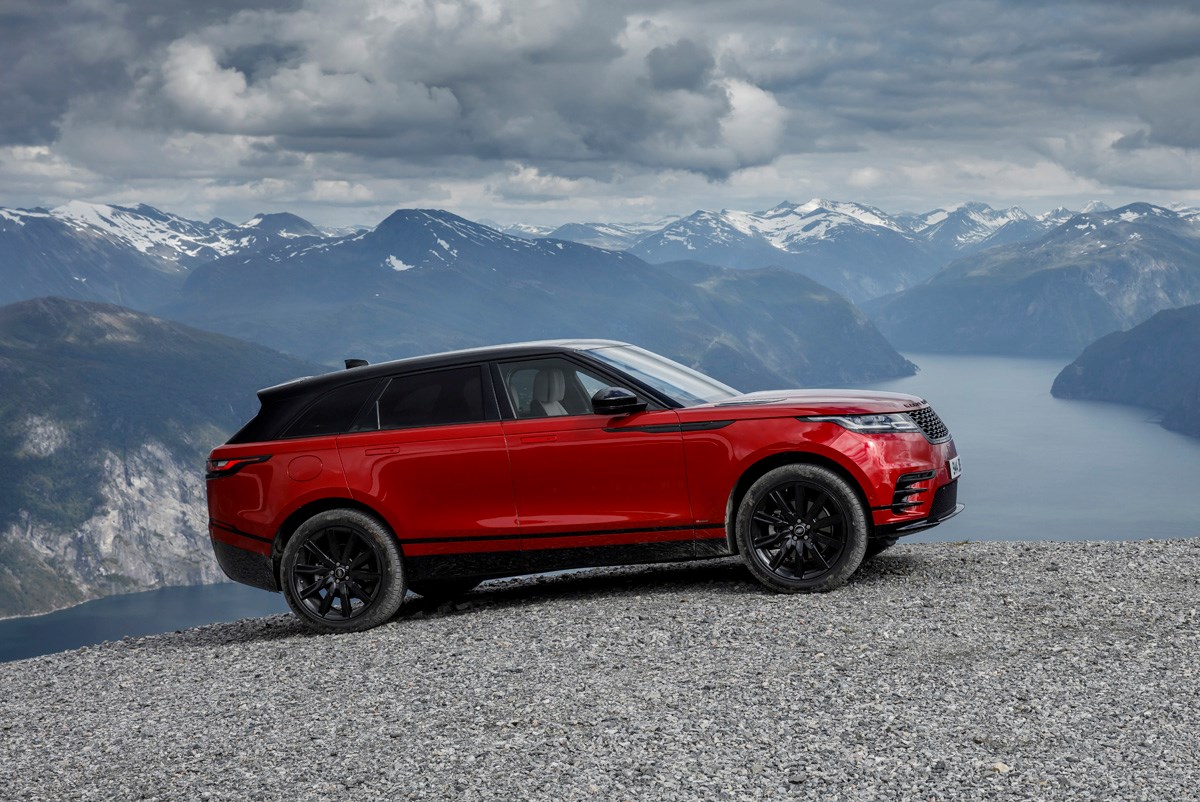 The S sits on 19in alloys, the SE on 20s and HSE on 21in. The S has standard driving aids of rear view camera, and front and rear parking aid.
The S sits on 19in alloys, the SE on 20s and HSE on 21in. The S has standard driving aids of rear view camera, and front and rear parking aid.
Move up to the SE and you get a 360 degree camera, while the HSE also has rear traffic detection.
The mid-size SUV sits between the Sport and Evoque in the Range Rover lineup and is an all-new model for the iconic British-built brand.
But when it comes pronouncing the name, thing get tricky. I opted for " Va-la", some of the Land Rover Group instructors at the Norway launch pronounced it "Vee-La" but Land Rover's famous design director, Gerry McGovern, set us straight at the drive programme dinner.
The brand's head of communications, Paul Owen, called it the "Veal-ar".
McGovern pounced.
"It's Va-la, not pronounced Veal," he growled.
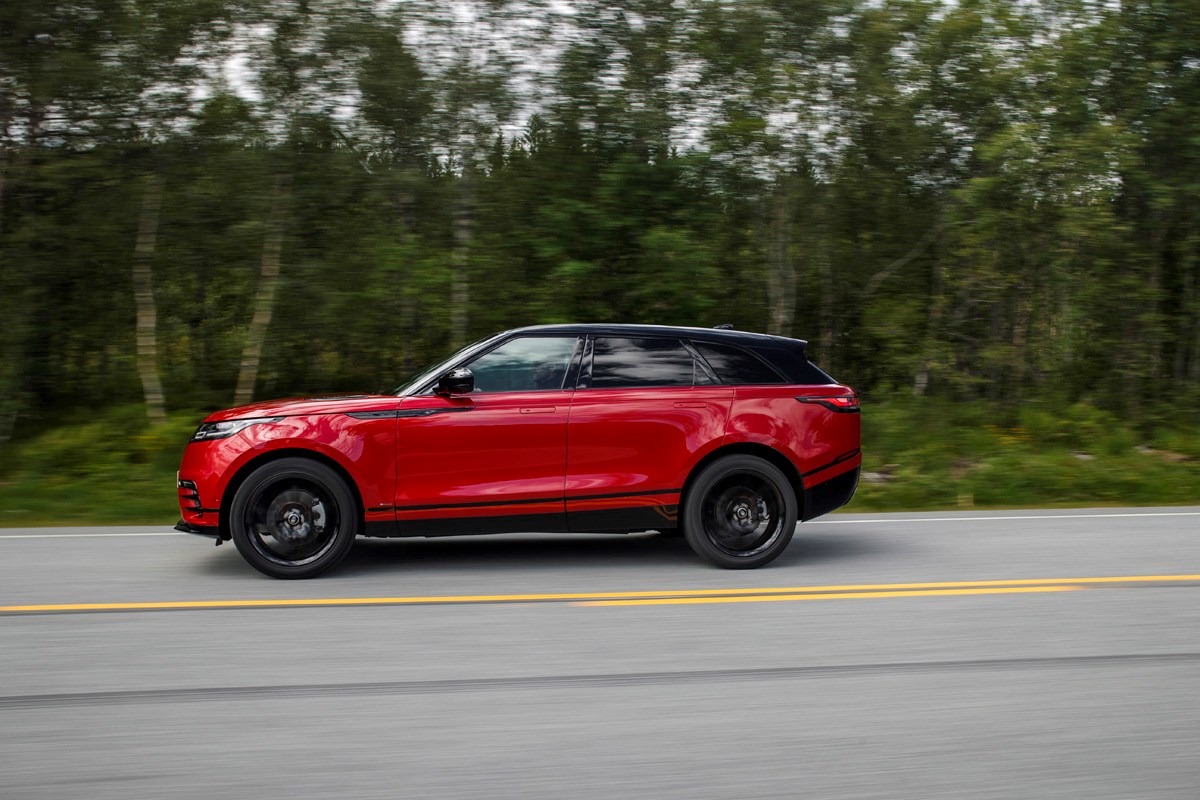 A few moments earlier, Owen had explained the name, Velar, comes from a 1979 Range Rover prototype, which took it from the Latin word Velaris "to hide".
A few moments earlier, Owen had explained the name, Velar, comes from a 1979 Range Rover prototype, which took it from the Latin word Velaris "to hide".
I think Owen felt like hiding after his admonishment by his boss.
But there is no hiding the Velar's pedigree. It's the fourth Range Rover in the family and, as the company says, isn't just a longer Evoque or a shorter Sport but an altogether new product.
The Velar is 4803mm long, 2030mm wide, 1657 high with a wading depth of 650mm and a weight of 2540kg, while towing capacity is 2500kg braked.
The exterior design has been streamlined including flushed door handles and brushed cooper inserts with the minimum amount of lines.
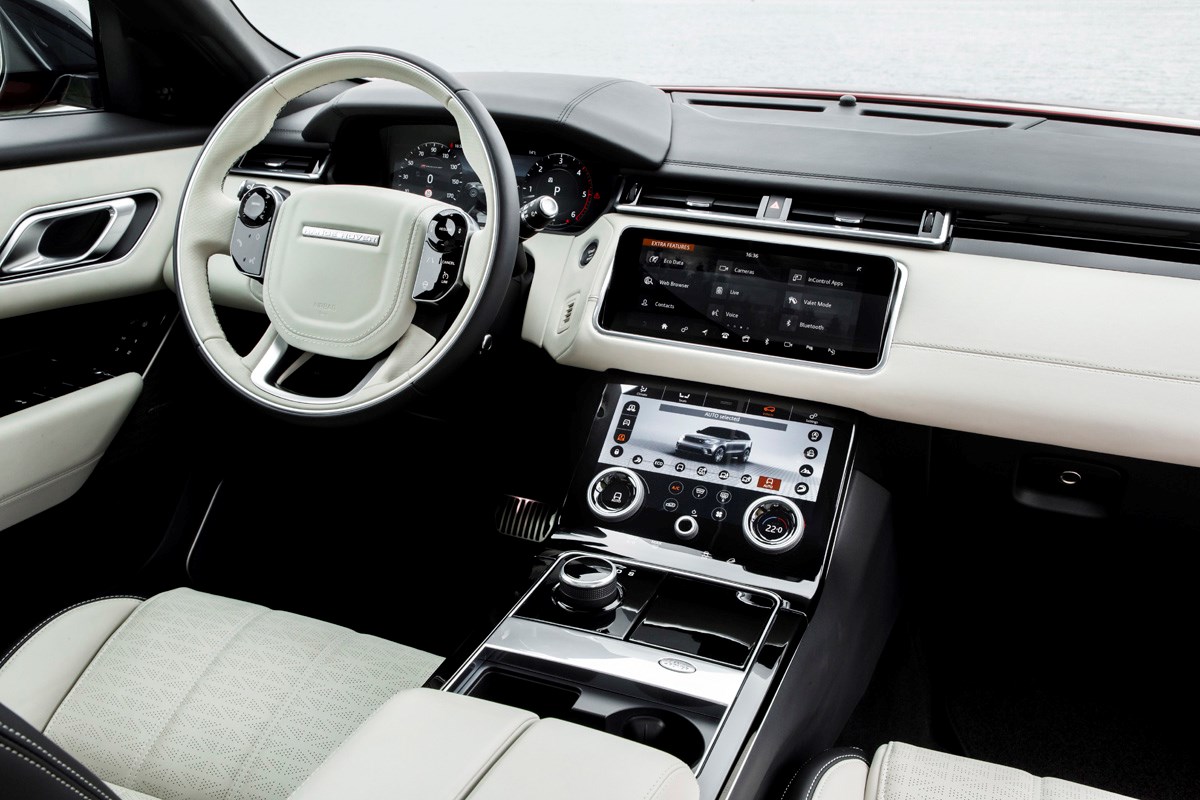 But it's the technology inside that's impressive, including the next-generation infotainment system for the brand, touch pro duo. As many switches and buttons as possible have been removed and, instead, there are two screens (hence the name duo); a main one that shows such functions as satnav, and a lower one that has floating rotary dials for functions such as the air conditioning.
But it's the technology inside that's impressive, including the next-generation infotainment system for the brand, touch pro duo. As many switches and buttons as possible have been removed and, instead, there are two screens (hence the name duo); a main one that shows such functions as satnav, and a lower one that has floating rotary dials for functions such as the air conditioning.
The steering wheel also gets a step-up in technology with 'glide over' dials, that reduces the need to push buttons, plus a new head-up display that includes multi colour and navigation information.
You can expect to see the new infotainment system in upcoming Land Rover products.
But when you talk about the Velar, you have to mention another member of the Jaguar Land Rover group, the Jaguar F-Pace.
The Velar is the same size as the F-Pace with a 2874mm wheelbase, both are five-seaters, and have the same suspension system.
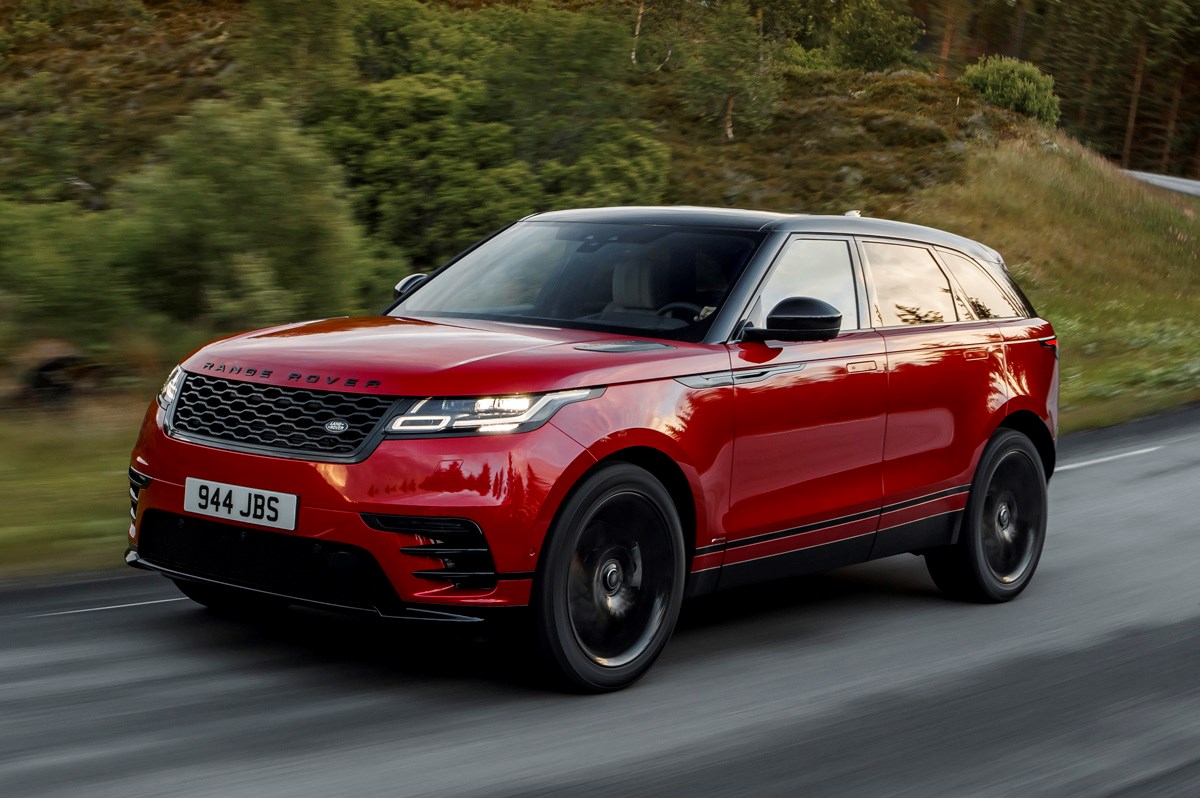 It also shares the F-Pace's eight-speed transmission and 4WD system that releases 100 per cent of power to the rear wheels under most conditions.
It also shares the F-Pace's eight-speed transmission and 4WD system that releases 100 per cent of power to the rear wheels under most conditions.
But in those rugged off-road conditions, the Velar's Range Rover heritage comes to the fore.
Day one of the launch took us from Molde to the coastal winding roads of northern Norway where the speed limit varied from 50 to a disappointing 80km/h.
But hitting a gravel road to our lunch venue, the AWD system gave the Velar a superb stability, and shows why this mid-sized SUV is deserving of the badge "Range Rover".
To also show its capabilities, our afternoon drive programme was finished with wheel articulation exercises in a boat shed (see Facebook.com/DrivenNZ for videos).
The Velar also came with All Terrain Progress Control, a system that allows you to set the speed (from 3km/h to 30km/h) in low range off-roading so the vehicle can ascend or descend at a controlled speed, and all you need to do is steer.
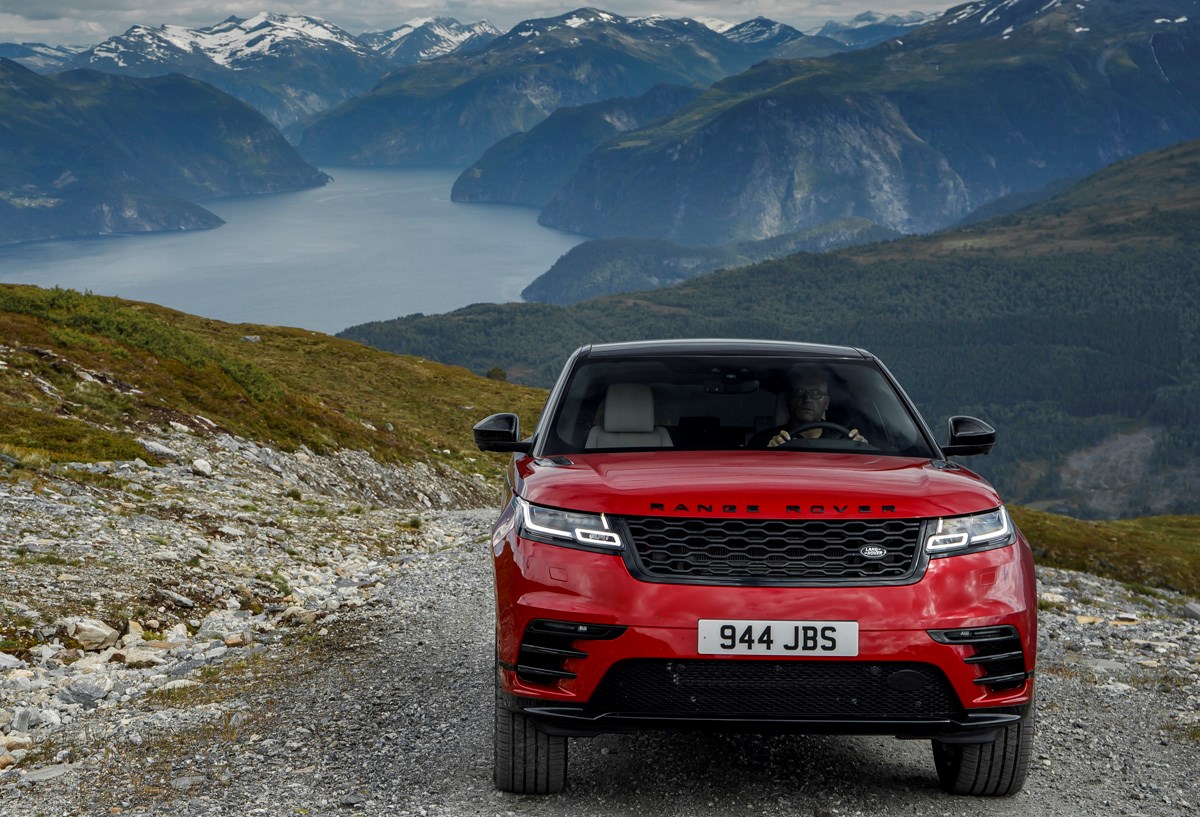 To test the system, we started day two driving up an access road to the top of the Roaldshornet ski resort that sits 1.2km above the sea level.
To test the system, we started day two driving up an access road to the top of the Roaldshornet ski resort that sits 1.2km above the sea level.
While our British colleagues had been amazed at the poor road condition of gravel and rock track -- and even mistakenly described it as a ski slope -- for Kiwis the surface and track was something you could easily encounter in New Zealand.
But that didn't distract from the capability of the Velar and the All Terrain Progress Control system helped us 'climb' up the path.
The last task for the Velar was a short river crossing at 420mm -- and easy exercise as the SUV had a wading depth of 650mm.
On the winding bitumen surfaces around northern Norway, the Velar road-handling was a highlight, with limited body roll and a sedan-like feel when cornering.
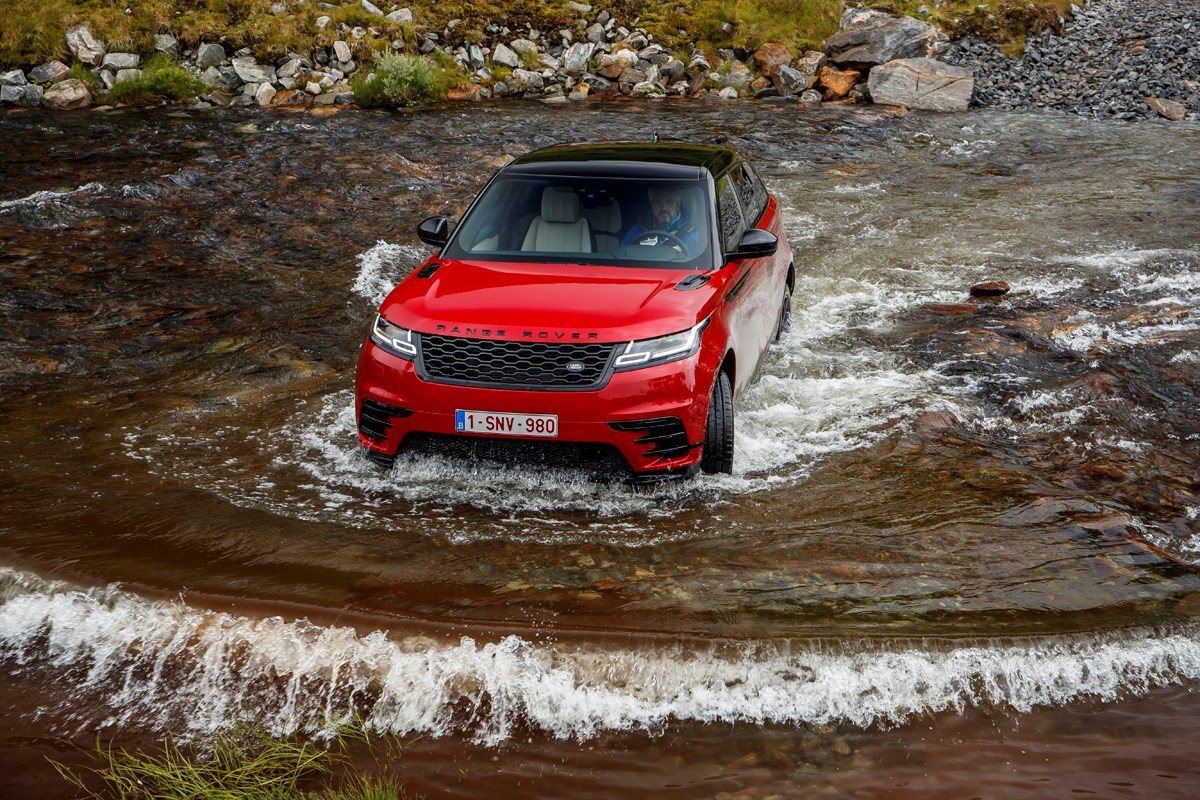 While the Velar is a worthy addition to the Range Rover line up, it doesn't get a clean report card. There's the fact that features such as the All Terrain Progress Control system was an extra, costing $1400 -- and, unless you do off-roading frequently, it wouldn't be used much if the Velar was your family vehicle.
While the Velar is a worthy addition to the Range Rover line up, it doesn't get a clean report card. There's the fact that features such as the All Terrain Progress Control system was an extra, costing $1400 -- and, unless you do off-roading frequently, it wouldn't be used much if the Velar was your family vehicle.
You also have to pay $2200 for the Drive Pro Pack that includes adaptive cruise control, lane keep assist, blind spot assist and intelligent emergency braking in the non-HSE models, whereas many non-European brands have these as standard.
While Range Rover was touting the touch pro duo system as the next-level in infotainment, in reality it was a hassle to use when trying to do something as simple as turning up the fan in the air condition system. Maybe, with frequency, you'd get used to it; but if you have OCD, the finger marks on the two screens would drive you mad.
I wasn't impressed that the two front seat belts weren't adjustable, and they cut across my neck. And, while Range Rover says it is different to the Evoque, the wedged rear was very similar to that model.
But unlike the Evoque, the Velar will attract a different customer, with it definitely a family favourite.





















